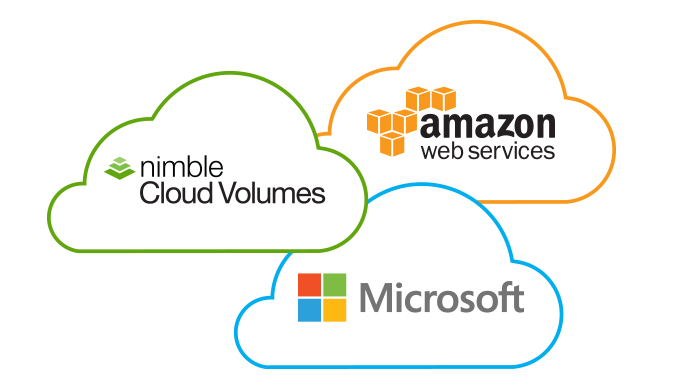Data protection provider Vembu are due to release the 4.0 version of their Vembu Backup and Disaster Recovery (BDR) suite 4.0 imminently. This release is heavily focused on enhancing the existing features and adding new functionality related to Hyper-V backup.
Hyper-V Backup Enhancements
Cluster aware backups – previously if a VM was live migrated to a different host the backup would fail as the backup software could not find the VM on the host it was expecting. Vembu 4.0 adds cluster awareness so that a VM can be migrated to any host in the cluster and the backup will still work, this is an important feature to facilitate enterprise adoption
Shared VHDX backup – A shared VHDX allows a virtual hard disk to be shared between several VM’s, this is useful for example creating a cluster. Vembu 4.0 now supports the backup of these shared VHDX files
Application aware processing – It is now possible to select application aware settings on a per VM basis for Hyper-V VMs
Vembu BDR 4.0 – What else is new?
Other new features in Vembu BDR 4.0 include:
VM Disk Inclusion – Prior to 4.0 when a new disk was added to a VM this would not be added to backups until the next scheduled full. Now that additional disk is backed up on the next run even if the scheduled backup is an incremental
Virtual hardware selection – You can now amend the hardware of a VM CPU, Memory disks etc when it is recovered
Storage detail API’s – APIs are now available to deliver analytics into storage. Available metrics will include size of the VM, storage space utilized by the backup job, compression etc
Quick VM recovery job report – Reports on the status and information surrounding recoveries such as time, target hypervisor, recovery point used
Credential manager – this allows the credentials for all the VMs and hosts to be stored in a single place
Image backup resume feature – If a backup job is interrupted it is now able to resume the job from where it left off
Improved live recovery – When a live recovery is initiated an agent is pushed to the recovery VM for performing the restore






